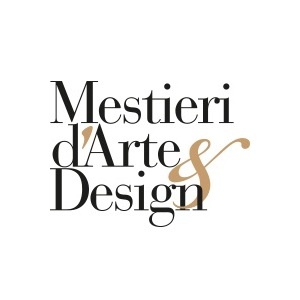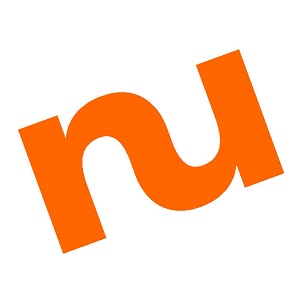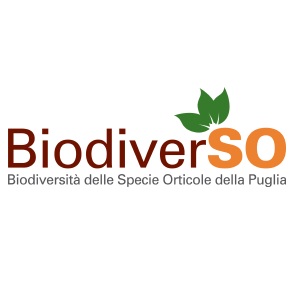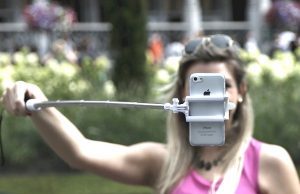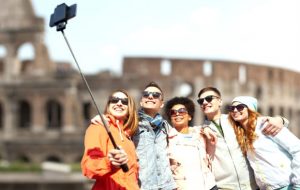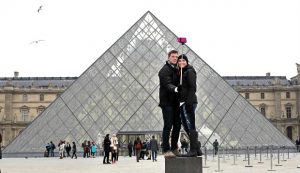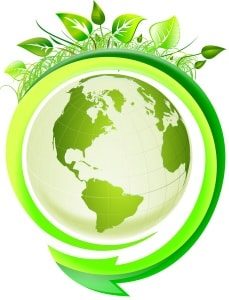THE PASSION ONLY GIVES MEANING TO WORK.
Knowledge and know-how. Assets worth defending, to ensure they remain unaffected by the ups-and-downs of the stock exchange, and to prevent them from being sold off in financial transactions that cannot put a figure to the real value of a finished product.
it is a news by www.mestieridarte.it
[english version will be available soon]
Per questo l’Europa deve tutelare e promuovere la straordinaria capacitá delle manifatture.
Scriveva Theodor Adorno che “la libertá non sta nello scegliere tra bianco e nero, ma nel sottrarsi a questa scelta prescritta”. Una riflessione che mi sembra molto adatta per descrivere la situazione in cui ci troviamo, dove spesso, anziché ricercare la fertile unione di principi complementari, si persegue solo e soltanto una direzione, svilendo cosí la ricchezza che nasce dalla diversitá.
Quando si considera il modello economico non solo italiano, ma anche di altri Paesi europei, infatti, spesso si tende a riflettere in senso dicotomico: industria contro artigianato, digitale contro manuale e cosí via. Ma non é certo questo il modello economico pi adatto per comprendere le prospettive di crescita dei Paesi come i nostri, dove l’economia si basa anche sulla cultura: una cultura intesa non solo come patrimonio museale, ma anche come preziosa ereditá di saper fare, di saper progettare, di saper creare a regola d’arte.
Cultura e lavoro: ovvero cultura del lavoro. Di un lavoro fatto non da insetti, ma da esseri umani, che dedicano la propria vita e la propria creativitá al raggiungimento di una perfezione funzionale che fa storia tanto quanto la creativitá.
Secondo le previsioni dell’ex direttore di Wired, Chris Anderson, riportate dall’economista Stefano Micelli, la prossima rivoluzione industriale sará guidata da una nuova generazione di piccole imprese operative a cavallo tra altissima tecnologia e artigianato, in grado di fornire prodotti innovativi che siano estremamente personalizzabili e in edizioni limitate. Una prospettiva che peró, se ci pensiamo, é giá una realtá operativa e fruttuosa in tanti dei campi in cui l’Italia eccelle: dalla moda al design, dalla nautica alla gioielleria.
Tante nostre imprese, spesso piccole o familiari, si sono negli anni sapute imporre come partner di rilievo per tanti gruppi del lusso che qui vengono a far realizzare scarpe, borse, abiti, gioielli; perché oltre a una grande capacitá artigianale, qui si trovano anche (e ancora) abili maestri in grado di far evolvere le tecniche e le arti, ovvero di offrire capactiá di innovazione che procedono di pari passo con il mantenimento del grande patrimonio culturale e artigianale accumulato nei secoli.
Intendiamoci: la capacitá di muovere bene le mani non é appannaggio esclusivo di nessuno. Ma in Europa, e in tutto il mondo, vi sono distretti o addirittura cittá dove alcune lavorazioni sono ormai diventate parte del Dna, si respirano dell’aria, si incontrano negli occhi e nelle mani delle persone; ci sono territori dove il materiale e l’immaginario si incontrano per permettere a oggetti magnifici, espressivi, funzionali di vedere la luce grazie al lavoro e alla creativitá.
Forse é proprio i quest’area di incontro tra tecnologia e artigianato, tra design (inteso come cultura del progetto) e capacitá di interpretazione, tra visione prospettica e sapienza storica che ci sono margini di crescita interessanti per tutti coloro che, ieri come oggi, sanno che il futuro é di chi sa vedere oltre il bianco e nero della realtá per ricercare soluzioni nuove, creative, á la carte.
Soluzioni su misura per bisogni sempre nuovi, che peró in fondo sono antichi come l’uomo: il bisogno di riconoscerci in un oggetto che ci parli di noi stessi, in un gesto che non sia solo bruta azione sulla materia ma consapevole trasformazione di essa, in uno sguardo che non veda solo il profitto immediato ma anche l’investimento su un capitale futuro.
Un capitale fatto di sapere e di saper fare, che sia quindi insensibile alle variazioni della borsa e inalienabile nelle tristi compravendite finanziarie che non valorizzano mai l’unica cosa che dá senso al lavoro: la passione.
Written by Ugo La Pietra for magazine Mestieri d’Arte & Design, Year II, Volume 2, April 2013, pag.106;
(link: www.issuu.com)
Mestieri d’Arte & Design is an editorial project dedicated to the excellence in Italian and international artisanship, to its origins and to its relationships with creativity and style. Not only stories and products but also materials, techniques, ateliers, schools are narrated onto its pages. And above all, the masters: the artisans.
You can read all volumes of magazine Mestieri d’Arte & Design
(link: www.mestieridarte.it)It is a project by Fondazione Cologni dei Mestieri d’Arte (link: www.fondazionecologni.it) and Symbol s.r.l. (link: www.arbiter.it)
photo credits
(link: www.pixabay.com)
#Tipici
#Puglia #Basilicata

